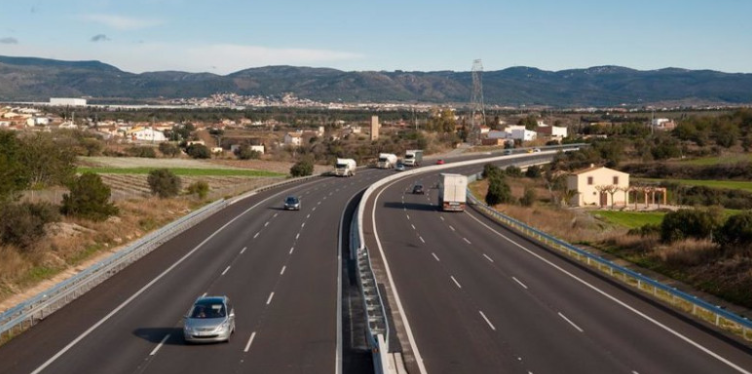The digitization of cross-border roads between Spain and France will save more than 2 billion euros per year, according to the conclusions of the EUMOB project.
EUMOB is a cross-border study between Spain and France, based on the digitization of roads and a pioneer in Europe that seeks to promote safer, smarter and more sustainable mobility.
This study has been coordinated by Autopistas, the Abertis subsidiary in Spain, and has the participation of Cellnex Telecom -through its subsidiaries Tradia and Cellnex France-, and with the support of the Directorate General of Traffic (DGT) and the Ministry of Transport, Mobility and Urban Agenda (MITMA).
Resources Assigned
To achieve these savings, which will derive mainly from the reduction of accidents, pollution and travel time, the necessary investment to be made would amount to 423.6 million euros.
In the case of Spain, which would involve the deployment of EUMOB on 5,627 kilometers, an initial investment of 240 million euros and 4.27 million euros per 100 km would be required.
Read also: European Investment Bank Approves EUR 150 Million to Boost Mobility in Spain and Portugal
The estimated annual economic impact of deploying the project over 100 km is 4.27 million euros, mostly associated with the reduction of accidents, pollution and travel time.
Report Conclusions
Autopistas, the study coordinator, released the conclusions of the analysis conducted for the harmonized deployment of advanced services for connected mobility and the subsequent development of business ecosystems driven by transport and mobility-based services.
Participants in the EUMOB study assessed the customization and customization requirements for road digitization along these corridors, analyzing their costs, measuring the expected socio-economic and environmental impact, and engaging stakeholders at the local level to gain their support.
The feasibility study carried out focused on the French and Spanish sections of the Atlantic and Mediterranean cross-border corridors, which are part of the European TEN-T network.
The results of the study include the definition of a solution model that describes the technical implementation of the digitization of the infrastructure, a return on investment model and a business plan that determines how the components of the digitized infrastructure are sustained and exploited.
Thanks to the results, the project drivers can have the necessary plans and background to carry out a follow-up project, which will allow the implementation of a solution model in the designated corridors.







